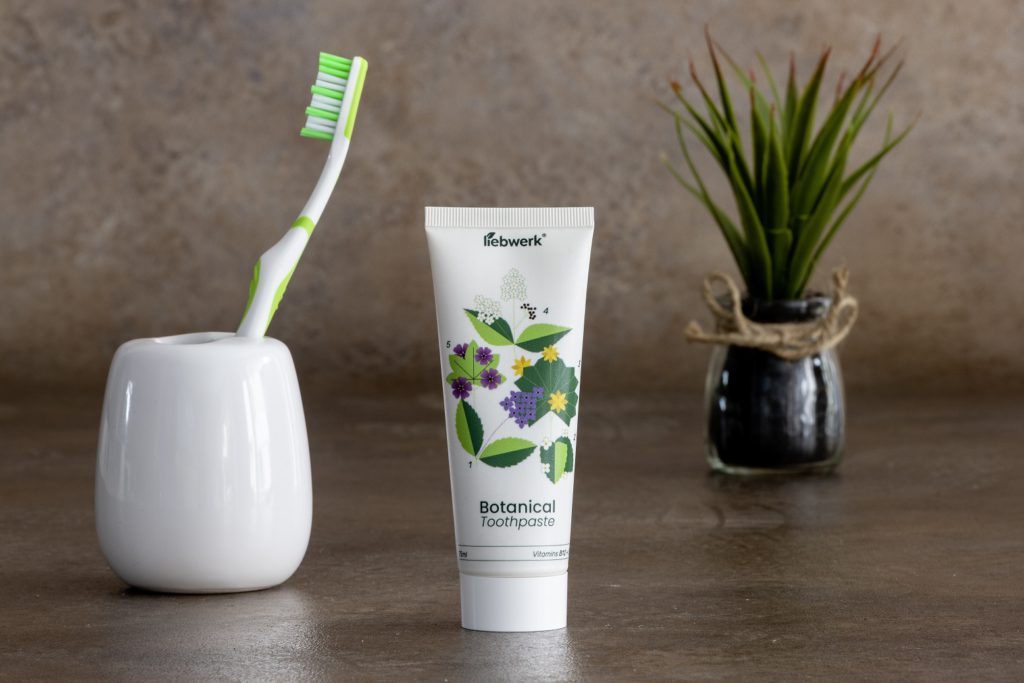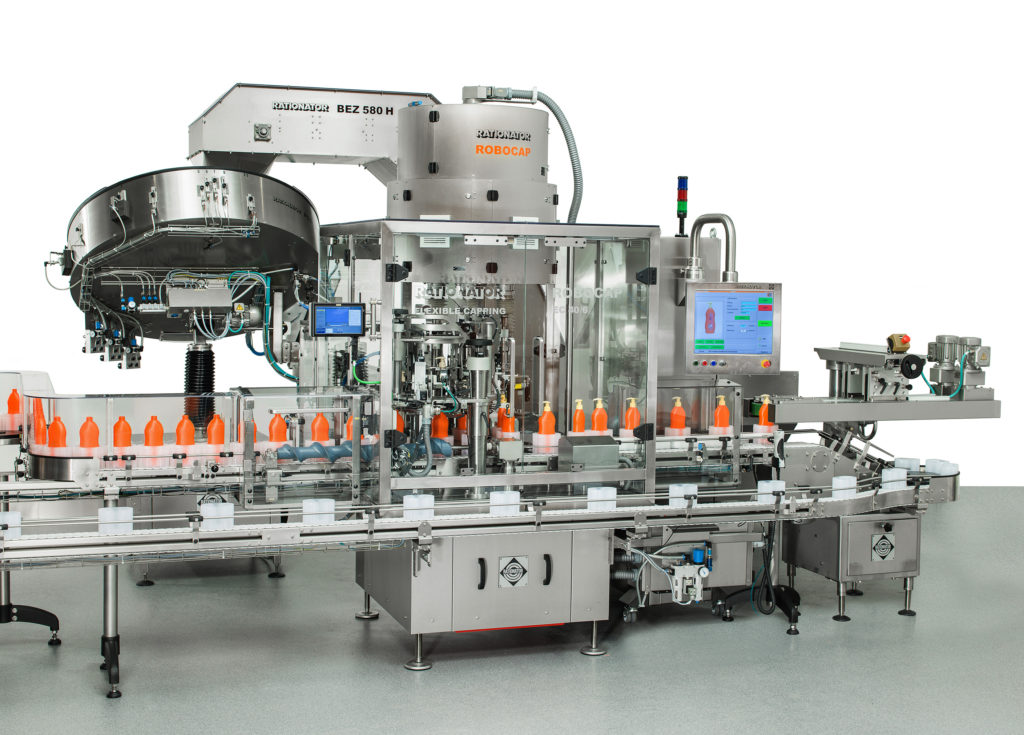News
2023/2/16
The changing face of cosmetics packaging

Sustainability has been a megatrend for years also for cosmetics packaging. Manufacturers are more often using monomaterial that can be recycled, paper and renewable resources, often from waste products from agriculture and forestry, or from the food industry, for their packaging. Refillable solutions are being favourably received by customers, too, as they help to reduce the amount of waste.
These new, sustainable packagings are used equally for both conventional and natural cosmetic products. But one thing is certain: Natural cosmetics are on the rise. The strong growth within the market is reducing shares of the business with conventional cosmetics, says the online statistics platform Statista. In Europe, Germany is number one when it comes to natural body and beauty care followed by France and Italy. Worldwide, the US American market for natural cosmetics is the largest.
Sustainable consumption
Hardly a manufacturer can afford to ignore the general trend towards sustainability, because natural cosmetics or not, consumers want sustainably packaged beauty and care products, preferably without any plastics at all. Therefore some time ago interpack exhibitor Stora Enso has developed a novel composite paper for the cosmetics industry, from which partners then create tube packagings for hand creams, for example. The composite paper is coated with an EVOH barrier, which until now has only been common for cardboard boxes for beverages. The tubes can be decorated with high quality digital printing. One manufacturer of natural cosmetics is the first to use the technology for marketing purposes, too, as the use of a special software allows for the realisation of unlimited design variations during digital printing. Each tube this way becomes a unique piece of art.

Hard soaps, hard shampoos or natural cosmetic powder that can be easily mixed with water at home to become body or hair care, are popular right now and save on packaging. But liquid products in bottles made from recyclates or refills in bags made from monomaterials are in favour with consumers right now. A tube by interpack exhibitor Hoffman Neopac is part of the trend towards sustainability, too, as it is made of more than 95% renewable resources. 10 percent are made from pine wood. The wood dust component gives the surface of the so-called Picea tube a slightly rough finish. Regarding barrier function, decoration, safety for food or recyclability, it offers the same properties that conventional PE tubes do. The pine wood used is sourced from certified forests within the EU and the wood fibres come from waste saw dust from German carpenter’s workshops.
Alternative materials
A small contribution to solving the problem of plastic waste in the ocean is the aim of a new material for label, that is being produced by UPM Raflatac from certified circular PP polymers by Sabic. This Ocean Plastic is collected and turned to pyrolysis oil during a specialised recycling process. Sabic uses this oil as an alternative raw material to produce certified circular PP polymer, which is then processed further into foil from which UPM Raflatac then manufactures the new material for labels. It is certified according to the requirements of the International Sustainability & Carbon Certification (ISCC) programme. As the certified circular PP from Sabic has the same qualities as comparable PP newly made from mineral oil, the switch did not make it necessary to change anything about the production processes for foil and label material.
Less packaging waste
Used once and then discarded, this is also the fate of most packaging for cosmetics and body care. A number of manufacturers want to combat this using refilling systems. These help by being an alternative to single-use packagings, reducing packaging material as well as transport and logistics costs. In many countries, such refilling systems are already wide spread. In Japan, it’s simply part of daily life to buy liquid soap, shampoo and household cleaning products in thin foil bags and then pour them into dispensers at home or use a special attachment to turn the refill units into directly usable primary packaging.
However, refillable solutions are more than just recyclable refill packs. Chemists and supermarkets are already testing filling stations and experimenting with how customers accept the offer to draw their body care products, cleaners, detergents and washing-up-liquid from tap. You can either bring your own containers or buy them in the store. There are also the first concrete plans for a deposit system for cosmetics packaging. It is intended to work through a cooperation between packaging and brand manufacturers and waste collectors: While some collect used cosmetics packaging, others recycle them and the recyclate is then turned into new packaging by further partners.
Energy efficient filling

The growing number of individual formats as well as a multitude of new cosmetic products create increasing requirements for filling. Mechanical engineering company Rationator specialises in modular filling lines and for example combines their Robomat filling line with a type Robocap closing machine, to automatically mount widely different closures, for example screw caps, push caps or spray and dosing pumps, on filled bottles of cosmetics. This new generation of machines also focuses on sustainability and efficient use of energy.

The Marchesini Group, too, is seeing a growing proportion of their turnover coming from the growing cosmetics sector. The group's Beauty Division is now able to cover the entire production cycle of a cosmetic product with their machines. New models also wrap cosmetics products in environmentally friendly materials, for example machines for boxing products in cardboard trays, or thermoforming and blister wrap machines for producing blisters and trays from PLA or rPET, or stickpack lines using 100% recyclable plastic monomaterials.

Flexibility is in demand. Schubert Cosmetics therefore has recently developed a monoblock bottle filling system for a cosmetics manufacturer, which covers a wide range of shapes. The respective portfolio currently covers eleven different filling media with widely different viscosity, which must be filled into five plastic and two glass bottle shapes. A single shape can again contain up to three single components, like bottle, pump and sealed lid. The new system integrates the entire filling and packaging procedure into a single line. In directly following steps, plastic and glass bottles are cleaned, precisely filled, sealed with a lid and packaged in pre-glued automatic side load folding boxes. The high requirements regarding completeness and intactness of the products and their packaging are met through the installation of several camera systems that inspect the products at various points in the process and discard them as needed, without interrupting the packaging process.

The basis of this especially easy and cost-attractive format change is 3D printing by the Schubert platform “Partbox”. This allows manufacturers of cosmetics to produce their own spare or new format parts. With few exceptions, this way all changeable parts are able to be easily reproduced. This includes, for example, grippers for pipettes as well as trays for the containers.
Traceable and with reliable declarations

Packaging for cosmetics can be really small. Lip balm sticks for example don't offer much surface area, but need declarations nevertheless. Handling these small products for optimum alignment while the declarations are being printed can quickly become a challenge. Declaration specialist Bluhm Systeme has therefore developed a specialised system for labelling and printing very small cosmetics products. The new Geset 700 labelling system consists of a label dispenser, a laser marker and related transport technology. Up to 150 cylindrical cosmetic products per minute are labelled by the system, using preprinted labels and individual batch numbers. The new system reliably transports the small cylindrical products throughout the entire marking process: A vibration belt transports the upright sticks to a product turner, which turns them by 90 degrees using a spiral. In the prone position, the products pass over so-called prism rollers, which transport them through the system at a predefined distance from each other. To ensure traceability, the lip balm sticks must receive individualised batch information. A laser marker adds these data to the labels before these are issued by the dispenser. For safety reasons, a camera then immediately validates the printed information.
What is going on in the cosmetics industry and which sustainable solutions for the future the sector has ready, is waiting for visitors to discover at the world's leading trade fair for Processing & Packaging in Düsseldorf. From 04 to 10 May, 2023, in Halls 15, 16 and 17, exhibitors at interpack are presenting the newest developments regarding the filling and packaging of cosmetics, body care and cleaning products. Further information on interpack is available at www.interpack.com
- Category
- Featured Stories
- Packaging

